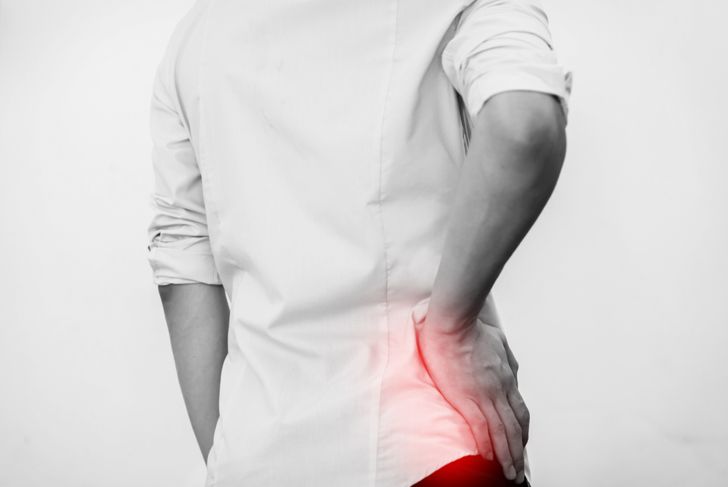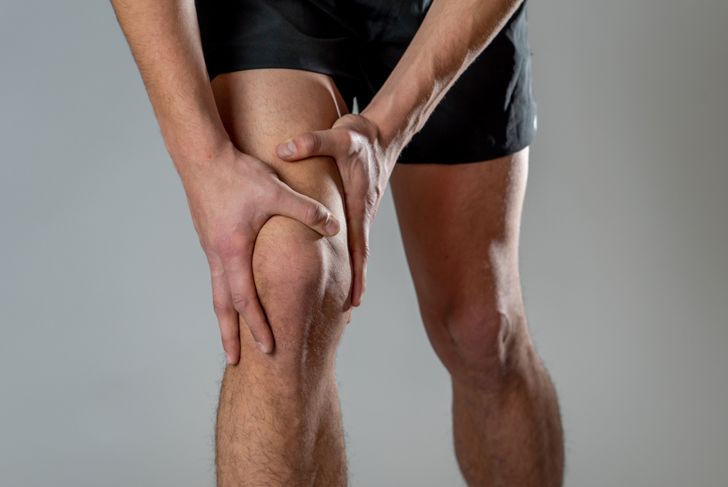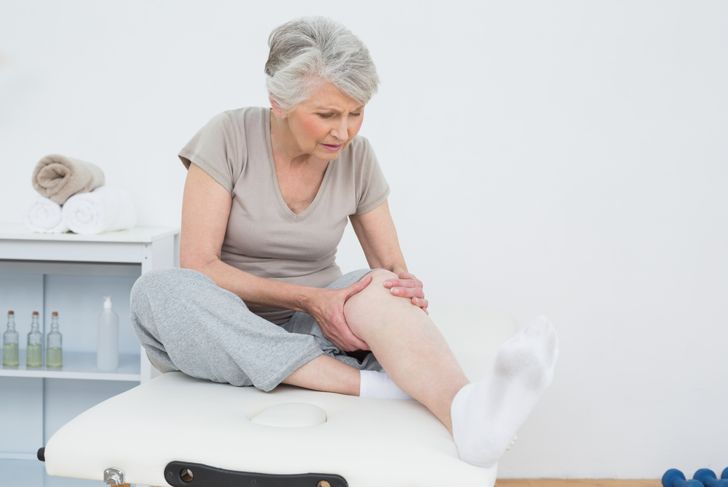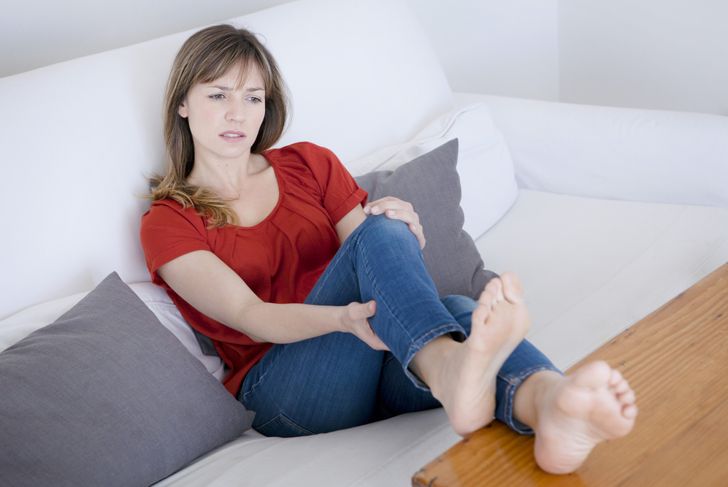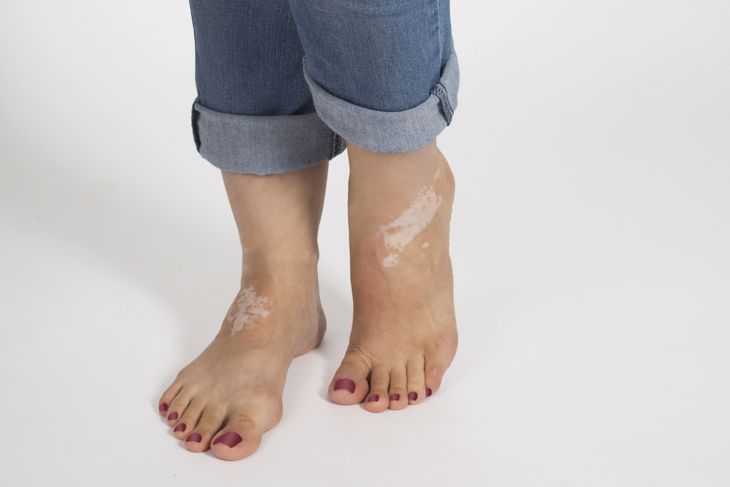Sciatica is a medical condition that causes pain due to inflammation or irritation of the sciatic nerve. Most people with the condition experience pain in the lower back and behind the thigh. The sciatic nerve is the largest and longest nerve in the body, running from the lower back through the gluteus and into the thigh. People with sciatica describe the pain as burning, tingling, or sharp. Often, sciatica flare-ups resolve on their own after some time.
Lower Back Pain
Pain in the lower back is often the first symptom reported by people with sciatica. They may describe it as deep and radiating or tingling. Herniation of spinal disc that presses on the sciatic nerve is the cause of this sensation in more than 90% of cases. Treatment for this symptom often involves pain medications. Most of the time, the condition will resolve on its own without further medical intervention.
Pain in the Rear of Leg
The leg, specifically the back of the thigh, is another commonly affected area. As in the case with lower back pain, the cause is the spinal disc pressing on the lumbar nerve roots. The result is an often sharp pain that worsens with movement. It may be a throbbing pain, a dull ache, or a pain that comes and goes. Fortunately, medications can help relieve the discomfort.
Hip Pain
Hip pain is a common complaint in people with sciatica. It is usually caused by inflammation around the sciatic nerve. The inflammation may come from lower back pain and irritation, especially around the L4 or L5 vertebra. When it comes to the hips, the inflammation is often deep rather than superficial. Gentle yoga postures are often recommended to treat the inflammation and address hip pain. Gentle back bending and mild hip rotations are especially useful for this symptom. If the pain is severe, sleeping with the knees bent and supported by a pillow may be beneficial.
Burning in the Leg
Another unpleasant symptom that many sciatica patients report is a burning sensation that usually affects one leg, though it can occur in both legs. Some people describe the sensation as pins and needles, similar to the feeling of a leg falling asleep after a long time sitting down. As in most cases, the feeling is temporary and will usually disappear after a short period. It may help to lay down. Standing up or moving around will usually make the sensation worse.
Weakness in the Leg
The damage or inflammation of the nerves of the lower back in individuals with sciatica can make it difficult to move around. Weakness or numbness can develop in both legs, though most people report the sensation in only one. Movement of the legs tends to be difficult, and experts recommend walking slowly during a flare-up. If the symptoms worsen over time, the individual may require surgery to prevent permanent nerve damage.
Difficulty Moving the Leg
Nerve damage from sciatica may cause difficulty moving one or both legs. Patients often describe difficulty moving the leg in certain directions or bending the knee. When doctors diagnose sciatica, they often perform the straight-leg-raise test, in which the leg is raised while the patient lies down. If pain extends below the knee with the leg raised, this suggests a herniated disc in the lower back is causing the symptoms.
Pain in the Rear
The sciatic nerve begins from the roots of the lumbar spinal cord and goes all the way to the thigh. This is why some people experience burning, tingling, or shooting pain in the gluteal muscles. The severity of the pain depends on the person. Weakness or numbness may accompany the pain, but once again, this depends on the extent to which the nerve is affected.
Shooting Pain
One of the first symptoms people with sciatica observe is shooting pain, often felt when performing heavy physical activities. Some people are more prone to pain when standing in a certain position or performing a certain movement, such as bending, lifting, twisting, standing, walking, or even coughing. The shooting pain can appear in the lower back, hips, legs, or even the toes. A person who experiences this sensation with no apparent cause should consult a doctor.
Pain in the Toes
The feet are full of nerves and pain receptors, so pain that originates in the lower back of upper legs can radiate all the way to the toes. This is known as referred pain, and it is common in conditions that involve the nervous system. The pain in the toes can be shooting or sharp, tingly, or burning. Movement usually makes the pain worse, so it is best to rest until the feeling passes.
Bathroom Urgency
In extreme cases, sciatica can cause changes in the frequency of bladder and bowel movements. Severe pain often accompanies this, and together these symptoms are a surgical emergency. If the spinal column is exerting a high degree of pressure on the sciatic nerve, long-lasting or even permanent damage to the bowel and bladder can develop. If these symptoms develop, it’s important to seek immediate medical attention.

 Home
Home Health
Health Diet & Nutrition
Diet & Nutrition Living Well
Living Well More
More
